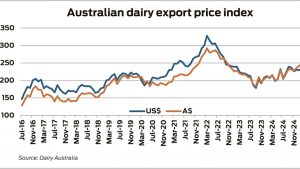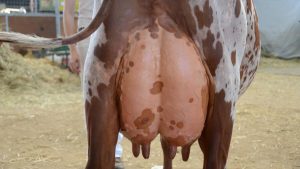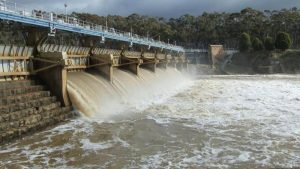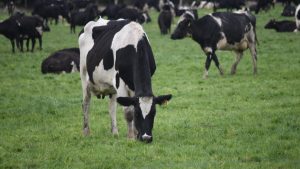
While global milk production is set to have decreased for at least four consecutive quarters – from Q3 2021 to the current quarter Q2 2022 – expectations of weakening demand are creating a scenario for moderate price declines in dairy commodities during the second half of 2022, Rabobank says in its latest global Dairy Quarterly report.

Milk production in the Big-7 dairy export regions (the EU, US, New Zealand, Australia, Brazil, Argentina and Uruguay) contracted year-on-year (YOY) for the past three consecutive quarters.
And Rabobank forecasts that Big-7 production will contract for a fourth consecutive quarter in Q2 2022, something that hasn’t happened since 2012-2013.
Milk output is expected to decline by 1.1 per cent YOY in Q2 2022 after dropping by 1.9 per cent in Q1 2022.
But milk production is expected to recover modestly in coming quarters.
Positive year-on-year growth is anticipated in the second half of 2022, bringing/pulling estimated 2022 calendar year milk production back up to just a 0.5 per cent decline compared to 2021.
Preliminary forecasts for 2023 milk production suggest a below trend gain/increase for the calendar year of 0.5 per cent.
The Rabobank report said structural issues could, however, limit a rebound in milk production growth.
“The current slowdown in global milk output is directly related to higher costs of production and weather events. In the past, production has recovered and surpassed previous peaks, but now there are structural issues that could limit a significant rebound in production from some key exporters,” it said.
In addition, the report said, milk producers around the globe are facing higher corn and soybean prices, and weather disruptions are affecting certain regions, especially Oceania and South America.
Overall inflation pressures in energy, fuel, and wages are also impacting profitability across the Big-7.
Despite higher milk prices, milk production growth and the feed costs scenario remain challenging.
Rabobank senior dairy analyst Michael Harvey said Australian milk production continues to trail last season, with widespread declines across all regions.
“As of April 2022, national milk production was down 3.4 per cent at 7.3 billion litres. The new season begins on July 1, and Rabobank still expects milk production to return to marginal growth in 2022/23, albeit off a low comparable base,” he said.
“There are keen eyes on new season (2022/23) milk price signals leading up to the July 1 kick-off. Rabobank’s modelled farmgate milk price forecast for Southern Australia in 2022/23 stands at AUD 8.40/kgMS. This is broadly in range with already announced official price offers, which range between AUD 8.25/kgMS and AUD 8.90/kgMS.”
As a result, Mr Harvey said, Australian dairy farmers are enjoying record milk price signals for 2022/23, and the early timing of announcements will provide confidence and cashflow support early in the season.
“This is important as dairy farmers face cost headwinds on a number of fronts. The cost of homegrown feed and supplementary feed will be more expensive, among other inflationary pressures. Against this backdrop, labour availability remains a handbrake on expansion. There is a likelihood that farm margins will be lower in the new season, not higher, despite a circa 15 per cent lift in milk prices to record levels.”
Mr Harvey said there are bright spots on the horizon.
“Seasonal conditions remain supportive for spring pasture growth, and water market conditions are good for irrigation farmers. Non-milk incomes remain elevated, supported by a very firm beef market,” he said.
Mr Harvey told the Gippsland Times he would encourage his dairy farming clients in Gippsland to plan and budget well for the season ahead.
“It’s nice to have strong price signals, but there is a good season ahead of high profitability with good planning. Given where milk prices are, they are going to start very high, and in our view, probably not going to go up higher than that. And of course, they have to factor in the higher costs,” he said.
“A lot of the higher costs come down to global events with the war in Ukraine and supply chain issues. High energy prices and fuel prices affect other things. Agriculture in general is affected.”
Mr Harvey said that his Gippsland clients’ main concerns are the cost pressures and labour shortages.
“Labour has been tough the past couple of years due to the pandemic, which are structural issues. Margin pressures have made some resist making investments, so there is uncertainty there. On the plus side, confidence levels are elevated due to the profitability and will continue if there are good seasonal conditions,” he said.
Mr Harvey said that the agriculture story broadly was positive in Gippsland and elsewhere, but inflation continued to be an issue.
“Cost inflation is in all parts of the supply chain. Consumers are going to see high prices for their food, but they’re only just now seeing the high pricing. So we’ll see how they respond over 12 months. Some will reduce their discretionary spending, and some will bulk buy, but that depends on the individual household pressures. Dairy will be a part of that story,” he said.

























